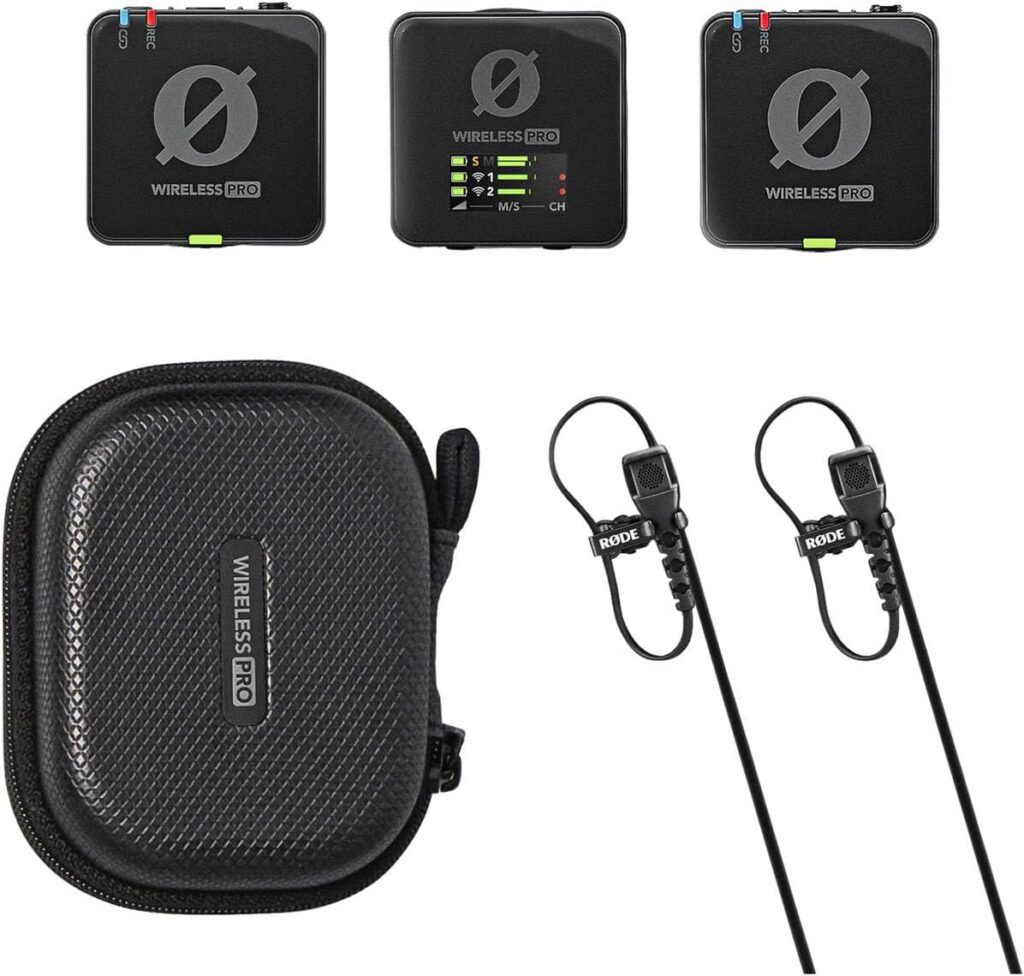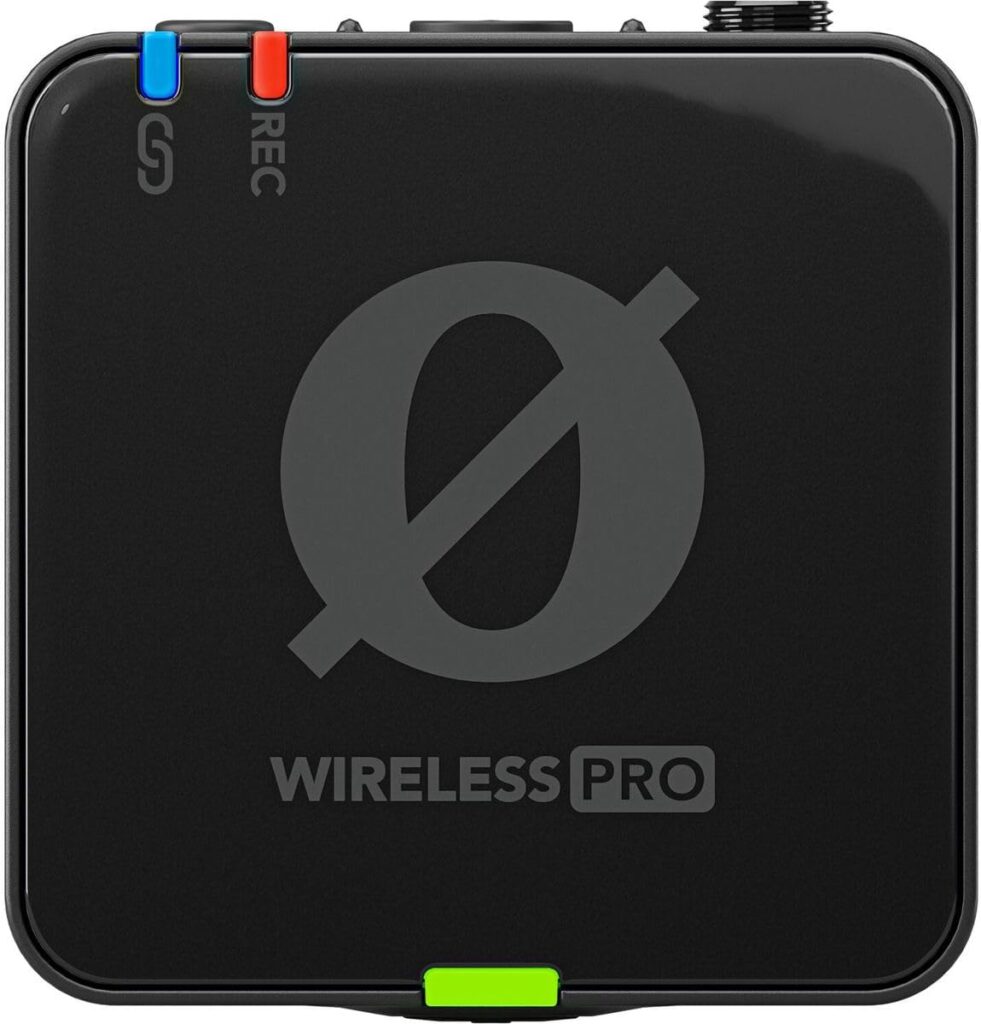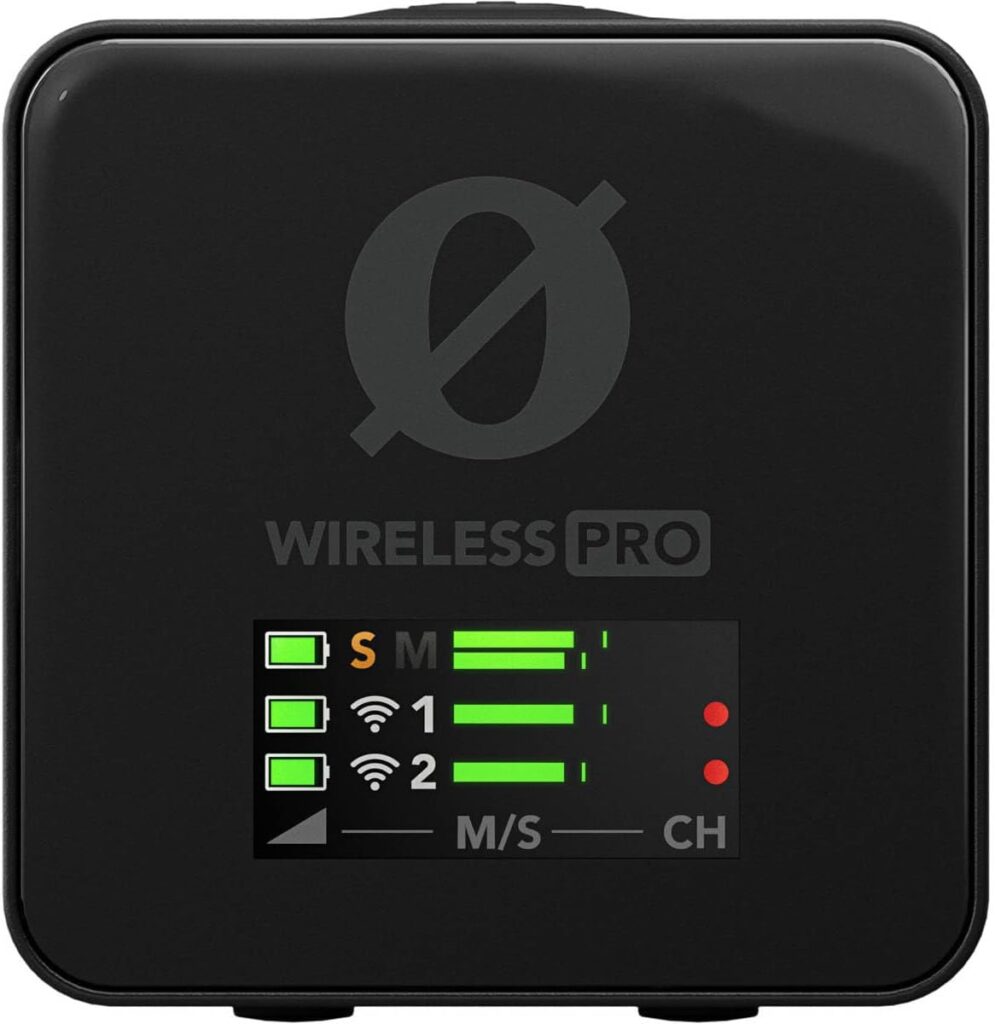Rode Wireless Pro Review
In the ever-evolving world of content creation, audio quality can make or break a project. Whether you’re a filmmaker, podcaster, vlogger, or journalist, capturing pristine sound is as critical as nailing the visuals. Enter the Rode Wireless Pro, the latest offering from Rode, a brand synonymous with high-quality audio gear tailored for creators. Released as an upgrade to the popular Rode Wireless GO series, the Wireless Pro promises professional-grade features in a compact, user-friendly package. But does it live up to the hype? In this review, we’ll explore its design, functionality, performance, and value to determine if it’s worth the investment.
Rode Wireless Pro Review
The Rode Wireless Pro hit the market in late 2023, building on the success of its predecessors, the Wireless GO and Wireless GO II. Priced at around $399 USD (depending on region and retailer), it’s positioned as a premium option in Rode’s wireless microphone lineup. The kit includes two transmitters, one dual-channel receiver, a charging case, and a suite of accessories designed to tackle a variety of recording scenarios.
Out of the box, the Wireless Pro exudes quality. The sleek matte black finish, compact form factor, and thoughtful accessory bundle immediately signal that Rode has taken creator feedback seriously. It’s clear this isn’t just an incremental update—it’s a leap forward aimed at professionals and serious hobbyists alike. But looks alone don’t tell the whole story. Let’s break down what makes the Wireless Pro tick.
Design and Build Quality
Rode has always excelled at marrying form and function, and the Wireless Pro is no exception. The transmitters (TX units) and receiver (RX unit) are lightweight yet sturdy, with a plastic construction that feels durable enough to withstand the rigors of on-the-go use. Each TX unit weighs just 32 grams, making it unobtrusive when clipped to clothing or mounted on a camera rig. The receiver is similarly compact, at 36 grams, and integrates seamlessly with cameras, smartphones, or laptops.
One standout feature is the included charging case, reminiscent of wireless earbud cases like AirPods. It’s a premium touch that not only keeps the components organized but also charges the TX and RX units simultaneously. The case itself has a built-in battery, offering up to 30 hours of additional power—perfect for long shoots where outlets are scarce. A small LCD on the case displays battery levels for all components, adding a layer of convenience that’s hard to overstate.
The transmitters feature Rode’s signature clip design, which doubles as a cold-shoe mount for easy attachment to cameras or accessories. While the clip is secure, some users might find it less versatile than a magnetic mount (like those offered by competitors such as DJI). Still, Rode includes magnetic clip accessories in the box, giving you flexibility depending on your setup.
The receiver sports a bright, full-color LCD screen—a significant upgrade from the monochrome displays of earlier models. This screen provides real-time info on signal strength, battery life, and audio levels, making it easy to monitor your recording at a glance. The interface is intuitive, with physical buttons for navigation rather than a touchscreen, which is a smart choice for durability and usability in the field.
Features and Functionality
The Wireless Pro is packed with features that cater to both novices and seasoned audio professionals. At its core, it’s a 2.4GHz digital wireless system with a dual-channel receiver, meaning you can record two separate audio sources (e.g., two speakers) simultaneously. The range is impressive, boasting up to 260 meters (850 feet) line-of-sight, though real-world conditions like walls or interference typically reduce this to around 100-150 meters. For most creators, this is more than sufficient.
32-Bit Float Recording
The headline feature is the onboard 32-bit float recording capability in the transmitters. This is a game-changer for audio workflows. Unlike traditional 16-bit or 24-bit recording, 32-bit float offers an astronomical dynamic range, virtually eliminating clipping. If you’ve ever had a recording ruined by an unexpected loud sound (think a sudden shout or a car horn), this feature ensures you can recover the audio in post-production without distortion. Each transmitter has 32GB of internal storage, enough for over 40 hours of uncompressed audio, which is recorded as a backup alongside the wireless transmission.
Timecode Support
Another pro-level addition is timecode support, a rarity in compact wireless systems. With the Rode Wireless Pro, you can sync audio and video precisely using an external timecode source (via the receiver’s 3.5mm TRS input). This is a boon for filmmakers working with multi-camera setups or complex productions where syncing audio tracks manually would be a nightmare. Note that you’ll need a compatible timecode generator, as it’s not built into the system itself.
GainAssist and Customization
Rode’s GainAssist technology makes its return, now with two modes: Auto and Manual. Auto mode dynamically adjusts input levels to prevent clipping, ideal for unpredictable environments like interviews or live events. Manual mode, meanwhile, gives you granular control over gain settings via the Rode Central app. Speaking of which, the app (available for desktop and mobile) lets you tweak settings, update firmware, and manage onboard recordings with ease. It’s a polished companion that enhances the system’s versatility.
Connectivity and Accessories
The Wireless Pro is designed to work with a wide range of devices. The receiver has a 3.5mm TRS output for cameras and a USB-C port for digital audio output to smartphones or computers. Rode includes cables for both analog (3.5mm) and digital (USB-C and Lightning) connections, ensuring compatibility out of the box. The transmitters come with high-quality Lavalier II microphones, which can be swapped for other 3.5mm TRS mics if preferred.
The accessory pack is generous: windshields for outdoor recording, a USB-C charging cable, a 3.5mm TRS cable, and even a pouch to keep everything tidy. Rode has clearly thought about the practical needs of creators, making this a near-complete solution right from the start.
Performance
So, how does the Wireless Pro sound? In a word: exceptional. The built-in omnidirectional mics on the transmitters deliver clear, natural audio with a flat frequency response, suitable for most voice recording scenarios. They’re not as warm as some high-end condenser mics, but they’re versatile and handle background noise well when paired with the included windshields. For more demanding applications, the Lavalier II mics elevate the quality further, offering crisp, broadcast-ready sound with minimal self-noise.
Wireless performance is rock-solid in most conditions. During testing in urban environments with moderate interference (Wi-Fi signals, crowds), the system maintained a stable connection up to 100 meters. Dropouts were rare, and when they occurred, the onboard recordings ensured no audio was lost. The 32-bit float backups proved their worth in a test where a loud clap overwhelmed the live feed—post-production recovery was seamless.
Battery life is another strong point. Each unit lasts around 7 hours on a single charge, and the charging case extends that significantly. A quick 15-minute charge via USB-C provides about 2 hours of use, which is handy for fast turnarounds.
Pros and Cons
Pros:
- 32-bit float recording: Virtually eliminates clipping and saves ruined takes.
- Timecode support: A pro feature for filmmakers.
- Charging case: Convenient and extends battery life.
- Excellent range: Up to 260 meters line-of-sight.
- Versatile connectivity: Works with cameras, phones, and computers.
- Comprehensive accessories: Everything you need is included.
Cons:
- Price: At $399, it’s a significant investment compared to the Wireless GO II ($299).
- No built-in timecode generator: Requires an external device for syncing.
- Clip design: Less flexible than magnetic mounts without accessories.
Comparison to Competitors
The Wireless Pro competes with systems like the DJI Mic ($329) and Sennheiser EW-DP ($649). The DJI Mic offers a similar charging case and dual-channel recording but lacks 32-bit float and timecode support, making it better suited for casual creators. The Sennheiser EW-DP, aimed at pros, delivers superior sound quality and a more robust build but is bulkier and pricier. The Wireless Pro strikes a balance, offering advanced features in a compact, affordable package.
Who Is It For?
The Rode Wireless Pro is ideal for creators who need reliability and flexibility without the complexity of traditional wireless systems. It’s perfect for:
- Filmmakers: Timecode and 32-bit float cater to multi-camera shoots and dynamic audio environments.
- Podcasters: Dual-channel recording simplifies two-person setups.
- Vloggers/Journalists: Compact design and onboard backups suit run-and-gun workflows.
If you’re a beginner or on a tight budget, the Wireless GO II might suffice. But for those ready to step up, the Pro delivers unmatched value.
Final Thoughts
The Rode Wireless Pro is a triumph of innovation and practicality. It combines cutting-edge features like 32-bit float recording and timecode support with the ease of use that Rode is known for. While it’s not cheap, the investment pays off in reliability, versatility, and future-proofing. Whether you’re shooting a documentary, recording a podcast, or capturing a live event, this system ensures your audio is as professional as your vision.



